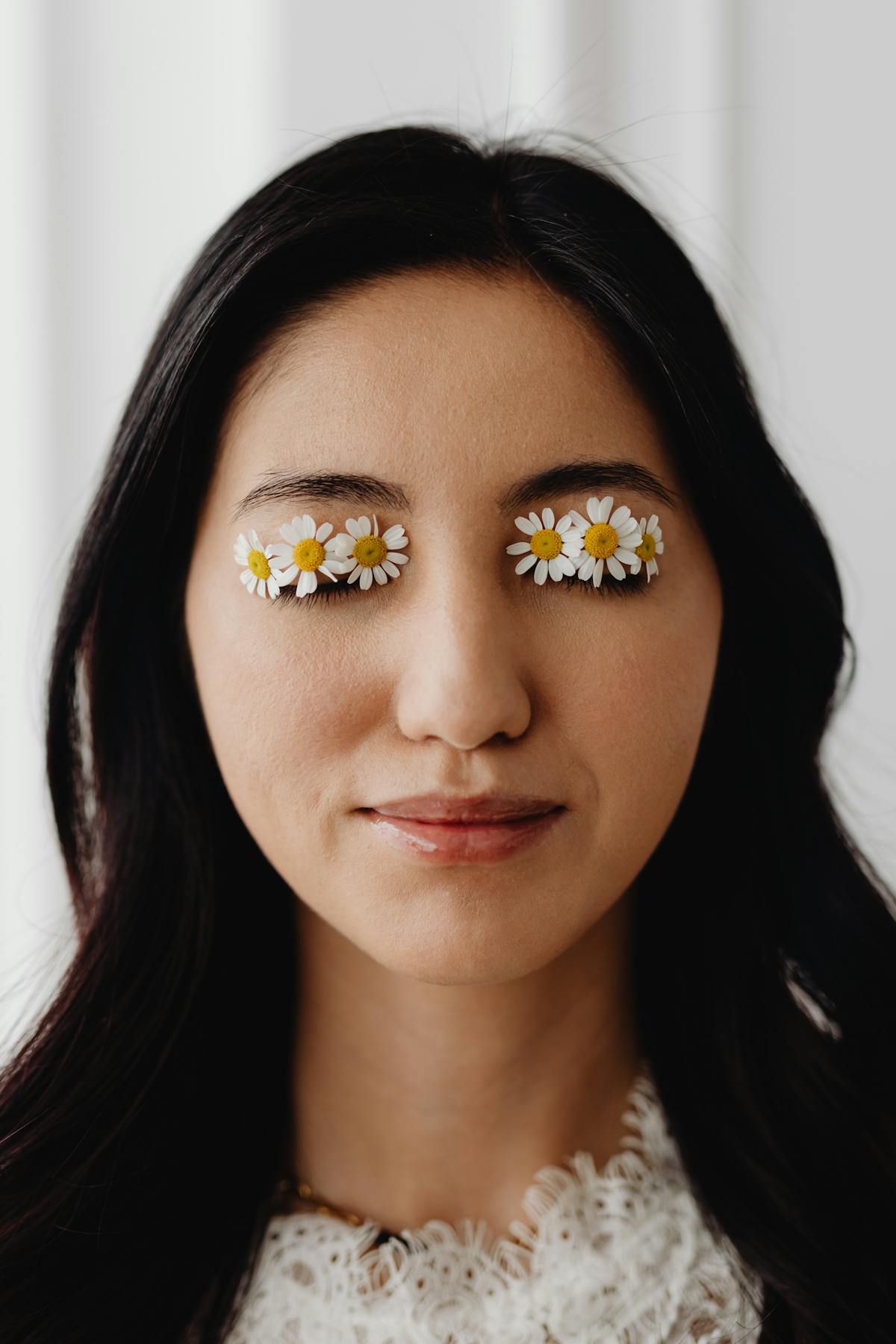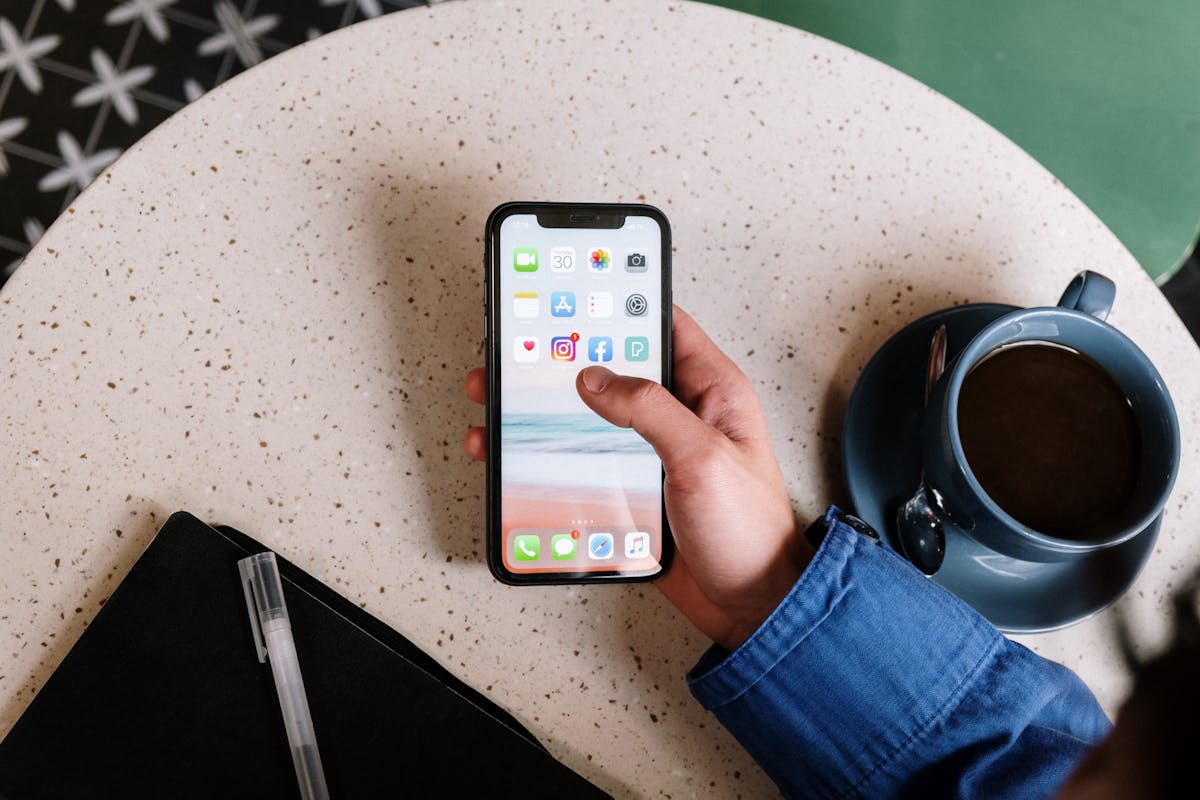Executive Summary: Why Micro‑Vlogging Owns the Short‑Form Feed
Micro‑vlogging and “day in my life” lifestyle shorts compress full routines—morning rituals, workdays, workouts, or weekends—into 15–60 second vertical videos. As of late 2025, this format remains one of the most persistent forms of short‑form content across TikTok, Instagram Reels, and YouTube Shorts, driven by algorithmic amplification and viewers’ preference for fast, snackable video.
These clips combine tight editing, aesthetic shots, and concise text overlays or voice‑overs to create a highly optimized viewing experience. They span aspirational, carefully curated lifestyles and more candid, unfiltered routines, which helps creators build parasocial relationships and attract brand partnerships through natural product placement.
However, the same features that make micro‑vlogs engaging—speed, polish, and repetition—can also reinforce unrealistic expectations around productivity, body image, and consumption. A parallel counter‑trend of “realistic day in my life” content has emerged to address these concerns, foregrounding mental health, burnout, and financial constraints.
Visual Overview of Micro‑Vlogging Aesthetics
The visual language of micro‑vlogs relies on vertical framing, clean compositions, and quick transitions. Below are representative examples of shots commonly used in “day in my life” shorts—desk setups, morning routines, commutes, and lifestyle details.



Core Format: What Defines a Micro‑Vlog?
Micro‑vlogging distills traditional 10–20 minute vlogs into ultra‑short segments. A micro‑vlog typically covers one coherent slice of life—a morning routine, workday, gym session, or weekend—in a vertically oriented, tightly edited video.
Typical Technical Parameters
| Parameter | Typical Range / Practice | Implication |
|---|---|---|
| Duration | 15–60 seconds (some up to 90s) | Maximizes completion rate and replay potential. |
| Aspect ratio | 9:16 vertical | Optimized for full‑screen mobile viewing. |
| Editing style | Quick cuts, jump cuts, J‑cuts, L‑cuts | Maintains pace and compresses routine into highlights. |
| Overlay | On‑screen text, captions, stickers | Conveys context without needing long narration. |
| Audio | Trending sounds, mellow lo‑fi, brief voice‑over | Improves discoverability and emotional tone. |
| Camera | Smartphone rear/front camera, 30–60 fps | Low equipment barrier; anyone can participate. |
Content is structured around recurring moments—coffee preparation, outfit checks, commute clips, meetings, gym sets, or evening wind‑downs. Text overlays substitute for extended explanation, keeping narration concise while providing enough context to follow the story.
Niche Micro‑Vlogging Communities and Visual Languages
Micro‑vlogging thrives within tightly defined lifestyle niches. Each niche develops its own pacing, color grading, and framing conventions while exploiting the same vertical short‑form infrastructure.
- #thatgirl morning routines: High‑key lighting, pastel tones, neatly arranged breakfasts, journaling, skincare, and workouts. Emphasis on productivity and self‑optimization.
- #9to5life office diaries: Commute time‑lapses, elevator mirrors, meeting snippets, spreadsheets, and after‑work gym or dinner. Often paired with corporate burnout commentary.
- #gradschoolvlog: Study timelapses, library shots, lab work, and budgeting. Mixes academic pressure with lifestyle aesthetics.
- #remotework or #digitalnomad: Laptop setups in cafés, co‑working spaces, and travel transitions featuring flights, trains, or city walks.
- #slowliving: Reduced cuts, longer static frames, natural light, cooking, reading, and nature walks. Often lower saturation and softer audio.
- Parenting and household vlogs: Meal prep, school runs, cleaning routines, and time‑blocking to manage work and family responsibilities.

“Each micro‑vlog niche acts like its own mini‑genre, with recognizable camera angles, color palettes, and rhythms that help algorithmic systems categorize and recommend content.”
User Experience: How Viewers Consume Micro‑Vlogs
Micro‑vlogging aligns closely with current mobile usage patterns: viewers scroll through recommendation feeds, consuming dozens of clips in a single session. Platforms prioritize content with high completion rates, strong watch time relative to length, and frequent engagement signals (likes, comments, shares, saves).
Observed Viewing Patterns
- Users often watch micro‑vlogs during short idle periods—commutes, breaks, or before bed.
- Repeated exposure to a creator’s recurring motifs (favorite café, pet, commute route) creates a sense of familiarity and routine.
- Audiences sample many lifestyles in rapid succession, comparing their own routines against curated representations of students, professionals, parents, and travelers.
- “Save” and “share” actions frequently correlate with practical content: recipes, study tips, workout templates, or budgeting routines.
Monetization: From Daily Routine to Revenue Stream
Micro‑vlogs are structurally well‑suited to subtle product integration. Because the format centers on real or staged daily routines, consumer products can be embedded without disrupting the narrative.
Common Monetization Channels in 2025
- Sponsored placements: Coffee brands, skincare, fitness wear, productivity tools, and desk accessories appear naturally within routines.
- Affiliate links: Creators link to products shown in their “day in my life” videos via platform bios, link‑in‑bio tools, or in‑app shopping features.
- Platform creator funds and bonuses: Views and engagement on short‑form content can qualify for revenue share or performance‑based payouts, depending on platform policy.
- Cross‑promotion to long‑form: Micro‑vlogs act as discovery funnels driving traffic to monetized long‑form videos, newsletters, or courses.
Benefits and Limitations of Micro‑Vlogging
Advantages for Creators and Viewers
- Low production overhead: A smartphone and basic editing skills are sufficient to start.
- Algorithm compatibility: Short length and high completion rates align with current recommendation systems.
- High experimentation speed: Creators can test multiple formats and topics daily with quick feedback loops.
- Relatability and aspiration: Viewers can both identify with and aspire to different routines and lifestyles.
- Monetization friendliness: Daily routines naturally accommodate product showcases and service mentions.
Key Drawbacks and Risks
- Unrealistic lifestyle expectations: Highly curated clips can normalize constant productivity, aesthetic perfection, or high levels of consumption.
- Editing‑driven distortion: Tight cuts compress hours into seconds, masking rest, boredom, or setbacks.
- Comparison pressure: Continuous exposure to optimized routines can negatively affect self‑evaluation and mood.
- Burnout for creators: Pressure to upload frequently and maintain aesthetic standards can be unsustainable.
- Signal vs. noise: The low barrier to entry leads to saturation, making it harder for thoughtful content to stand out.

Counter‑Trend: “Realistic Day in My Life” and De‑Optimized Content
In response to criticism about perfectionism and over‑optimization, more creators are producing intentionally unpolished “realistic day in my life” shorts. These videos preserve the micro‑vlog structure but foreground messier realities—missed alarms, procrastination, financial stress, or mental health struggles.
- Shots of cluttered rooms or undone tasks are left unedited or only lightly curated.
- Voice‑overs explicitly discuss burnout, anxiety, or work‑life balance instead of hiding them.
- Budgets, debt, and cost‑of‑living topics appear alongside lifestyle content.
- Creators sometimes show behind‑the‑scenes realities of filming, including retakes and staged moments.
“Realistic” micro‑vlogs use the same technical grammar—vertical video, jump cuts, trending audio—but invert the value system, emphasizing vulnerability and imperfection over seamless aesthetics.
How Micro‑Vlogs Compare with Traditional Vlogs and Stories
Micro‑vlogs sit between classic long‑form vlogs and ephemeral story posts, combining persistent discoverability with highly compressed narratives.
| Format | Typical Length | Strengths | Limitations |
|---|---|---|---|
| Micro‑vlogs / lifestyle shorts | 15–60 seconds | High discoverability, easy to binge, low barrier to entry, strong algorithmic support. | Limited depth, risk of over‑curation, encourages surface‑level storytelling. |
| Traditional vlogs (YouTube) | 8–30 minutes | Deeper storytelling, stable communities, higher ad revenue per view. | Higher production effort, weaker performance in short attention spans. |
| Stories (IG, TikTok, Snap) | Up to 15 seconds per frame, ephemeral | Low pressure, real‑time updates, strong for casual interaction. | Limited search/discovery, disappears quickly unless highlighted. |
Practical Guidelines for Creating Sustainable Micro‑Vlogs
For creators considering micro‑vlogging, the goal is to balance algorithmic performance, authenticity, and personal sustainability.
- Define a repeatable structure: Use consistent shot types (coffee, commute, desk, recap) so filming becomes routine rather than a daily reinvention.
- Batch production where possible: Capture B‑roll of recurring environments (kitchen, office, neighborhood) to reduce daily filming pressure.
- Prioritize accessibility: Add accurate captions, avoid essential information being only in audio, and use clear text contrast for overlays.
- Be explicit about staging: When shots are heavily arranged or re‑filmed, occasional behind‑the‑scenes clips help maintain viewer trust.
- Protect off‑camera time: Deliberately keep some parts of life unfilmed to limit parasocial intrusion and creator burnout.
- Disclose sponsorships: Follow platform and legal guidelines for clear disclosure of sponsored content and affiliate relationships.

Accessibility Considerations for Short‑Form Micro‑Vlogs
While the web page itself should comply with WCAG 2.2, the underlying micro‑vlog content also benefits from accessibility‑focused design. This improves reach and ensures inclusive experiences across different abilities.
- Captions and subtitles: Provide accurate captions for spoken audio and meaningful sounds. Avoid relying solely on auto‑generated captions when possible.
- Text overlay legibility: Use sufficient color contrast, readable font sizes, and avoid placing text over visually busy backgrounds.
- Clear pacing: Extremely rapid cuts can be disorienting; occasionally including slightly longer shots can improve comprehension.
- Avoid flashing content: Do not use rapid flashing elements that may trigger photosensitive reactions.
- Descriptive audio when relevant: In voice‑overs, verbally describe key on‑screen actions that are important to understanding the narrative.
Verdict: A Dominant, Adaptable Format that Demands Critical Viewing
As of late 2025, micro‑vlogging and “day in my life” lifestyle shorts are structurally aligned with how recommendation feeds and mobile users behave. The format is simple to produce, endlessly adaptable across niches, and integrates smoothly with brand partnerships and platform monetization tools.
For creators, micro‑vlogs are an effective entry point into content creation, audience building, and sponsorships—provided that workflow, authenticity, and personal boundaries are carefully managed. For viewers, these clips offer lightweight entertainment and inspiration but can also amplify unrealistic standards if consumed uncritically.
Who Benefits Most from Micro‑Vlogging?
- Emerging creators who want fast feedback cycles and discoverability without heavy equipment investments.
- Professionals and students whose daily routines can be documented consistently (office work, study, fitness, remote work).
- Lifestyle‑aligned brands that fit naturally into everyday scenes—food, wellness, tech accessories, home goods.
- Viewers seeking quick, low‑commitment content and practical routine ideas, who are willing to maintain a critical lens on what they watch.

